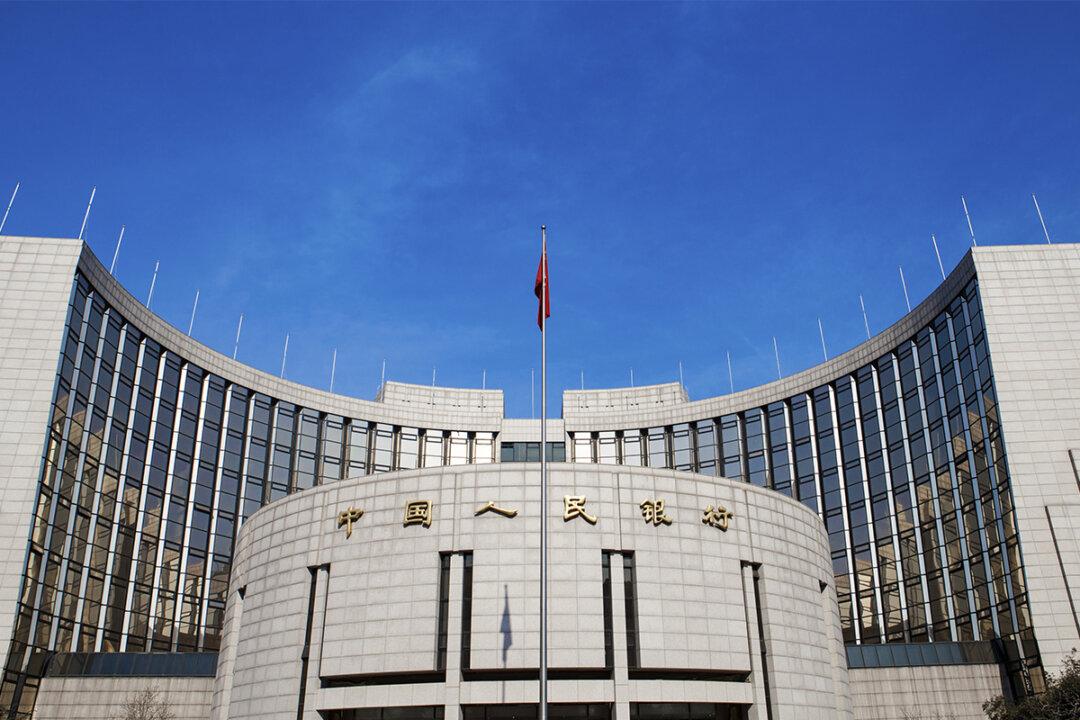Commentary
The potential China collapse is now on the international agenda. A minority of opinions worry that China’s collapse will spill over to the rest of the world. This is not a mainstream view because China’s collapse has effectively been ongoing; a series of asset slumps and debt defaults have already been realized.





